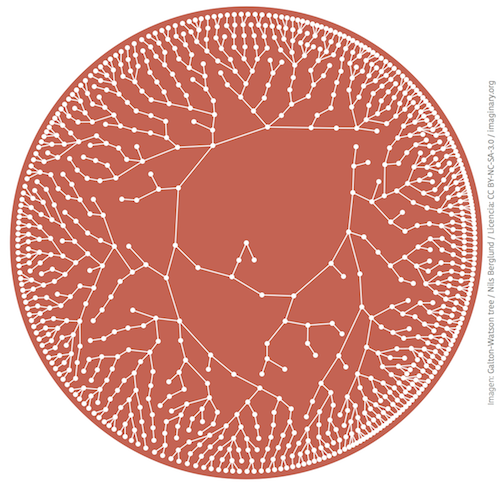Conferencias
Dr. Aleksandar Mijatović
Geometrically Convergent Simulation of the Extrema of Levy Processes
We describe a novel Monte Carlo algorithm for the simulation from the joint law of the position, the running supremum and the time of the supremum of a general L\'{e}vy process at an arbitrary finite time. We show that the bias decays geometrically, in contrast to the power law for the random walk approximation (RWA). We identify the law of the error and characterise its asymptotic behaviour. We present a central limit theorem, construct non-asymptotic and asymptotic confidence intervals and show that the multilevel Monte Carlo (MLMC) estimator has optimal computational complexity (i.e. of order \(\epsilon^{-2}\) if the \(L^2\)-norm of the error is at most \(\epsilon\)) for locally Lipschitz and barrier-type functionals of the triplet. If time permits we will discuss the Asmussen-Rosi\'nski approximation in the context of our algorithm and present numerical results.
This is joint work with Jorge Gonzalez Cazares and Geronimo Uribe Bravo.
This is joint work with Jorge Gonzalez Cazares and Geronimo Uribe Bravo.
Dra. Ju-Yi Yen
On excursions inside an excursion
The distribution of ranked heights of excursions of a Brownian bridge is given in a paper by Pitman and Yor. In this work, we consider excursions of a Brownian excursion above a certain level. We study the maximum heights of these excursions as Pitman and Yor did for excursions of a Brownian bridge.
Dr. Ricardo Gómez
Equivalencia de medidas de Gibbs y de equilibrio en ambientes aleatorios para acciones de grupos promediables
El teorema de Dobrushin-Lanford-Ruelle (DLR) establece condiciones bajo las cuales coinciden las medidas de Gibbs invariantes bajo traslaciones y las medidas de equilibrio asociadas a interacciones absolutamente sumables sobre espacios de configuraciones de latices enteras. En esta charla explicaremos estos conceptos y las condiciones que conforman el teorema de DLR, y presentaremos generalizacines que abarcan tanto ambientes aleatorios como acciones de grupos promediables. Finalmente veremos algunas aplicaciones.
Trabajo conjunto con Sebastián Barbieri, Brian Marcus y Siamak Taati.
Trabajo conjunto con Sebastián Barbieri, Brian Marcus y Siamak Taati.
Dr. Sergio López
Percolación Browniana de último pasaje
En este charla presentaremos resultados sobre un modelo Browniano dentro del área de sistemas de partículas que interactúan, introducido originalmente en [OY]. Primero, definiremos el modelo clásico de percolación de último pasaje en la malla de los enteros en dos dimensiones, y la relación directa que tiene con el modelo de transporte TASEP, el modelo de crecimiento Corner Growth Model, y el modelo de colas en tandem. Después presentaremos al modelo de percolación Browniana, algunos resultados conocidos y su interrelación con un modelo de partículas Brownianas interactuantes y con el modelo de colas Brownianas en tandem. Finalmente, daremos una intuición de cómo probar convergencia del modelo en un ambiente no compacto, a través del lema de comparación, presentado en [CLP].
[OY] O'Connell, N.; Yor, M. (2001). "Brownian analogues of Burke's theorem". Stochastic Processes and their Applications. 96 (2): 285–298.
[CLP] Cator, E.; López, S.; Pimentel L. (2018). Attractiveness of Brownian queues in tandem. arXiv:1805.10921
Dr. Víctor Rivero
Bañuelos and Bogdan and Bogdan et al. analyse the asymptotic tail distribution of the first time a stable (Lévy) process in dimension d ≥ 2 exists a cone. We use these results to develop the notion of a stable process conditioned to remain in a cone as well as the the notion of a stable process conditioned to absorb continuously at the apex of a cone (without leaving the cone). As self-similar Markov processes we examine some of their fundamental properties through the lens of its Lamperti–Kiu decomposition. In particular we are interested to understand the underlying structure of the Markov additive process that drives such processes. As a consequence of our interrogation of the underlying MAP, we are able to provide an answer by example to the open question: If the modulator of a MAP has a stationary distribution, under what conditions does its ascending ladder MAP have a stationary distribution?.





